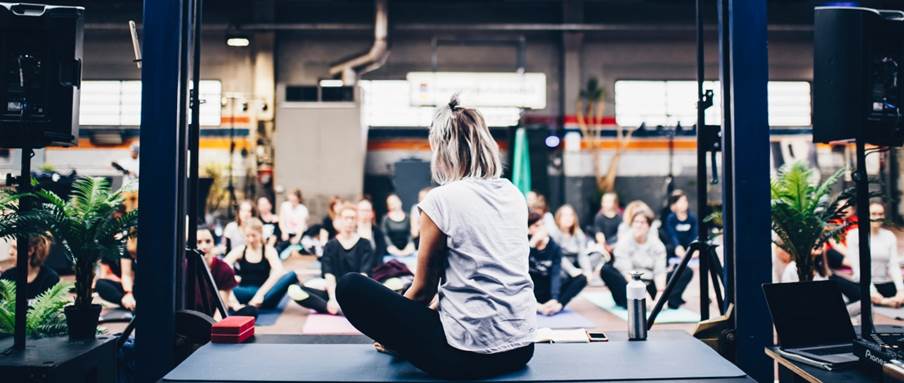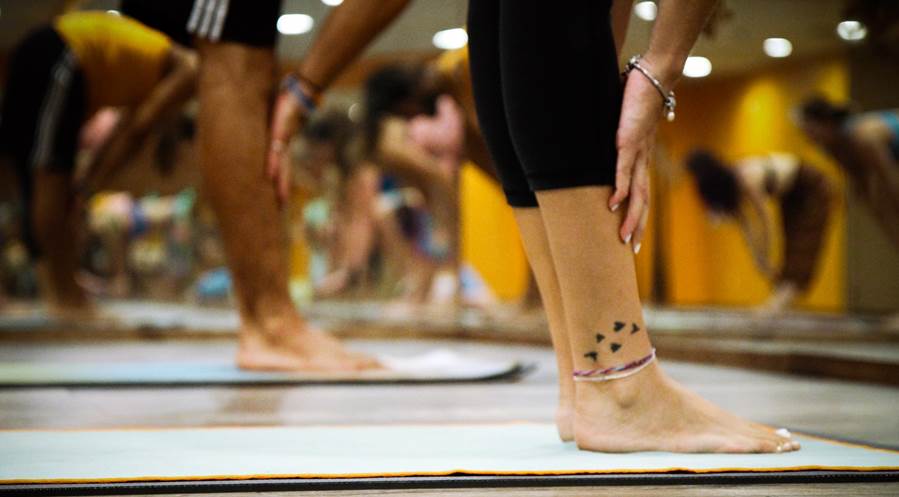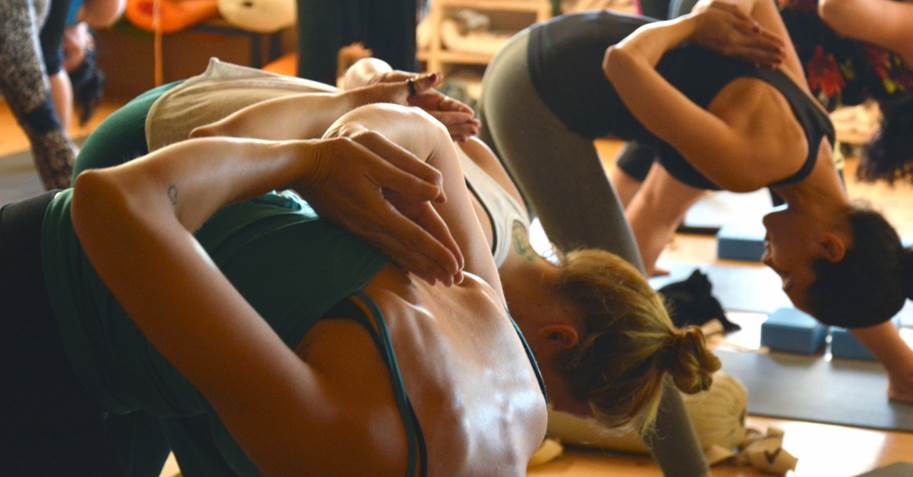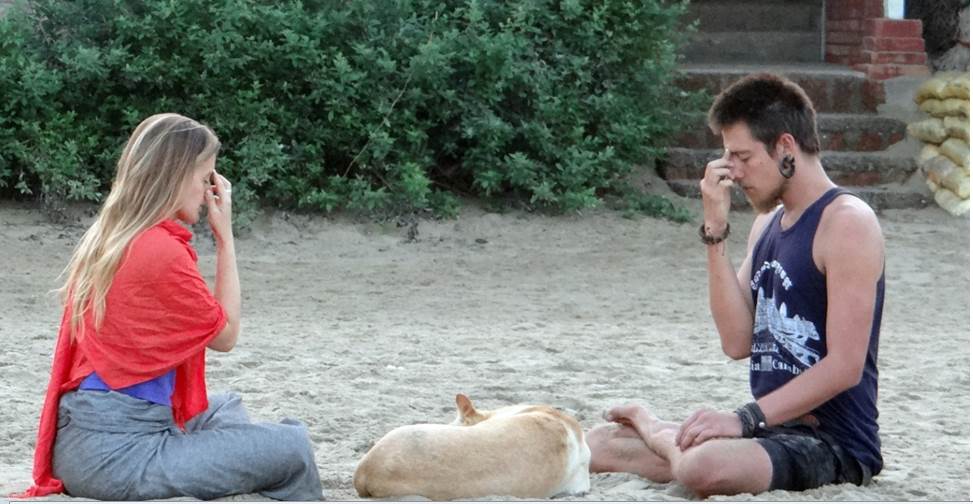

I’ve been interested in yoga for as long as I can remember. I’ve seen so many yoga teachers with such varied teaching methods and backgrounds that soon I learned that the difference between a good yoga session and a bland one lies in nothing but the little things.
Here is a list of five small stuff yoga teachers should always consider if they dream of leading an unforgettable yoga class:
Know Your Students Before You Start

Pay close attention to your students. Never sacrifice over the majority. If you have just one absolute beginner in a class of over 20 intermediates and advanced, be there for the first timer. Set your intentions to pay extra attention to them and stick with it. If you have one foreigner, it’s imperative that you run your class in English. I’ve been to quite a few yoga sessions abroad where some teachers simply excused themselves by saying there weren’t enough foreigners for them to lead the class in English. Now, it’s safe to say that attending a yoga class in a different language is the perfect recipe for disaster and complete frustration. The student will always be behind and will constantly look around trying to imitate the other yogis in the room. It will be impossible for them to stay focused in the pose and I guarantee they will never return.
Never Hurry

I couldn’t insist more on the importance of patience and on how incredibly visible a teacher’s impatience and lack of presence actually is for their students. Pace your every move and wait patiently for your students to get into the pose. Unless you are teaching a very powerful style of yoga and you need to maintain a fast flow of movement, then there’s absolutely no point in not taking it easy. Stay in the moment and teach your students to do the same. I’ve seen many yoga teachers trapped in their own sequence, unable to actually pay full attention not only to their inner selves but to the vibe of the class. A good way to avoid this mistake is to focus more on staying present than on the asanas. Maybe even try to include a bit of daily meditation into your daily routine.
Share Your Philosophy

At the beginning of the yoga session, take a few minutes to prepare your students for the class. In one of the best classes I attended the teacher always started with a few minutes of a monologue on the importance of not rushing through the poses, of staying present, and of never forcing your body to overstretch. His words felt like a little-guided meditation that soothed our souls and steadied our minds right before we began working on our bodies.
Never Stop Teaching about the Breathing

Teach your students when to inhale and when to exhale throughout every step of every asana. We all know how important breathing is during every pose, regardless of level. Back when I first started doing yoga, I would suddenly feel very lost if the teacher stopped telling us when exactly to inhale and when to exhale. Even today, after so many years, it’s still important to always be reminded of it. Over the years, even the poses that I found most difficult to do seemed a lot easier the moment I connected the breath to the movement. Reminding your students about conscious breathing is also the best way to ensure that their minds don’t wander and they stay focused in the present moment.
Create Genuine Relationships

Make eye contact, show empathy, and offer your help every time someone needs it. I once went to an advanced yoga class by mistake and even though I was a beginner at that time, the yoga teacher insisted that I stay. The class was amazing. She showed me step by step how to do a Sirsasana (a headstand pose) and I found myself able to do it even if it was my very first try. She was so warm and so genuinely interested in sharing her passion for yoga with everyone around her that it got me hooked for years. The impact she had on me was so strong that I actually went to her classes regularly for many years.
Conclusion
I hope that these guidelines will help you understand more of what a good yoga teacher is all about and that you will strive to become better every day. Yoga, like everything else precious in life, takes practice, determination, and patience. So, don’t put yourself down if you haven’t yet mastered every aspect of teaching with grace, presence, and love up until now. Hold on to your passion and rest assured, you’ll get there before you know it!
Author’s bio:

Irina-Gabriela Pele
Irina has been carving her way through yoga for many years. She’s also a travel enthusiast, striving to live every day with grace, presence, and empathy. Irina-Gabriela is also a writer at BookYogaTeacherTraining.com.

If yoga has a special place in your heart and you are determined to make it a larger part of your life, consider creating your own yoga group. Becoming a yoga teacher does not have to be an intimidating ordeal; in fact, you can gain a 200 hour yoga teacher training certification through Ulu Yoga’s online course. This credential will be an essential stepping stone in your mission of becoming a yoga instructor.